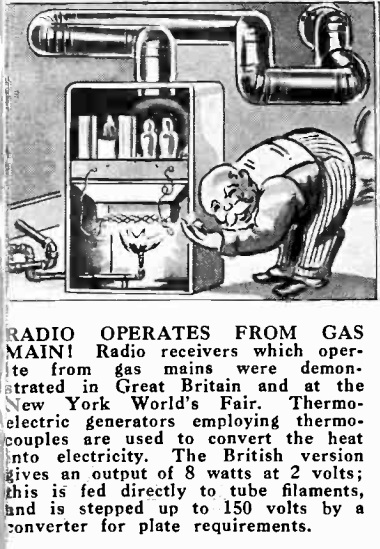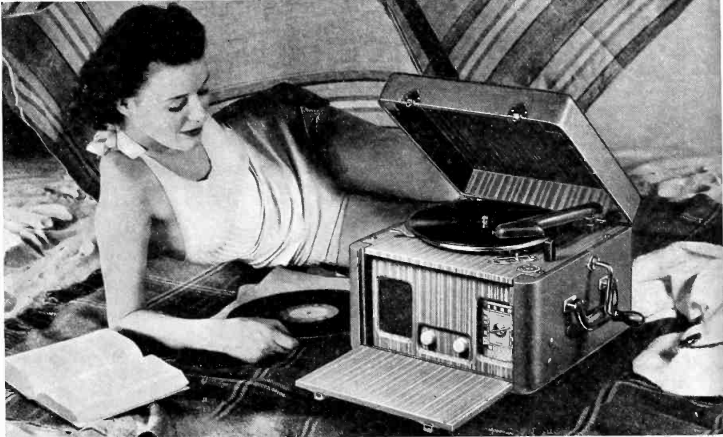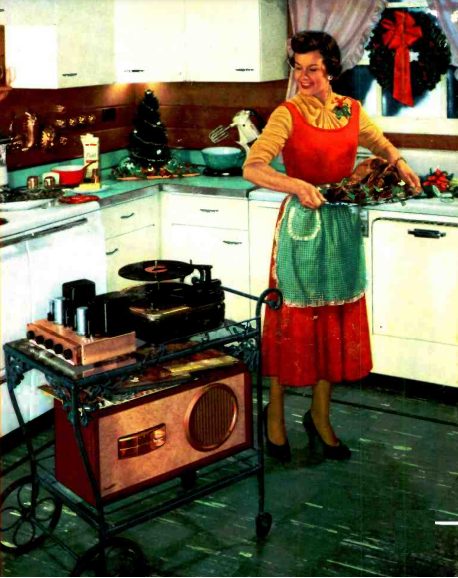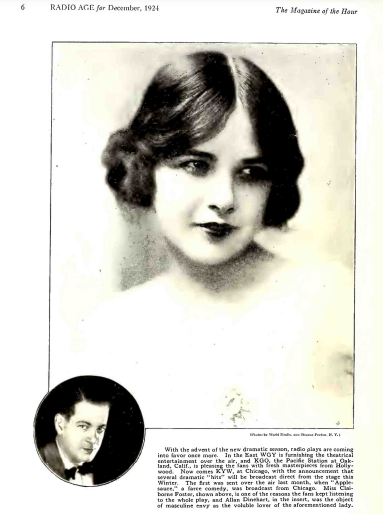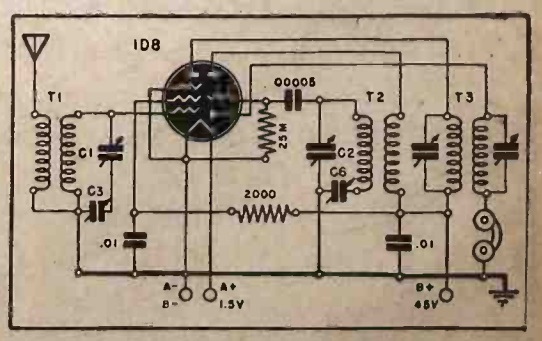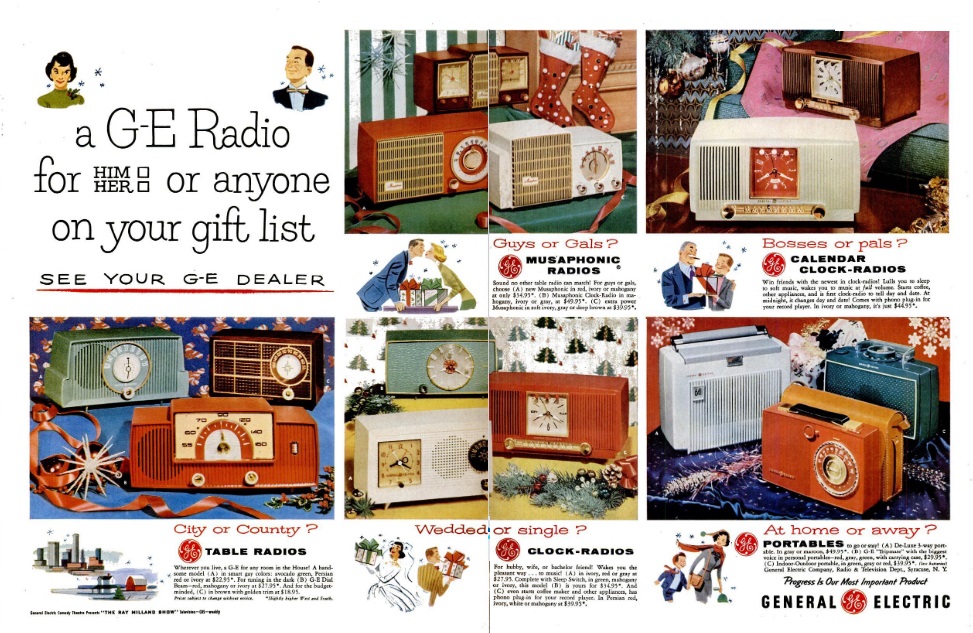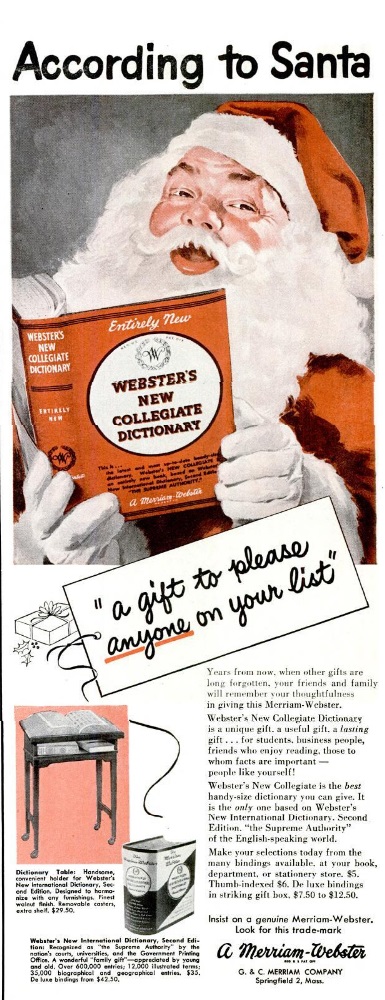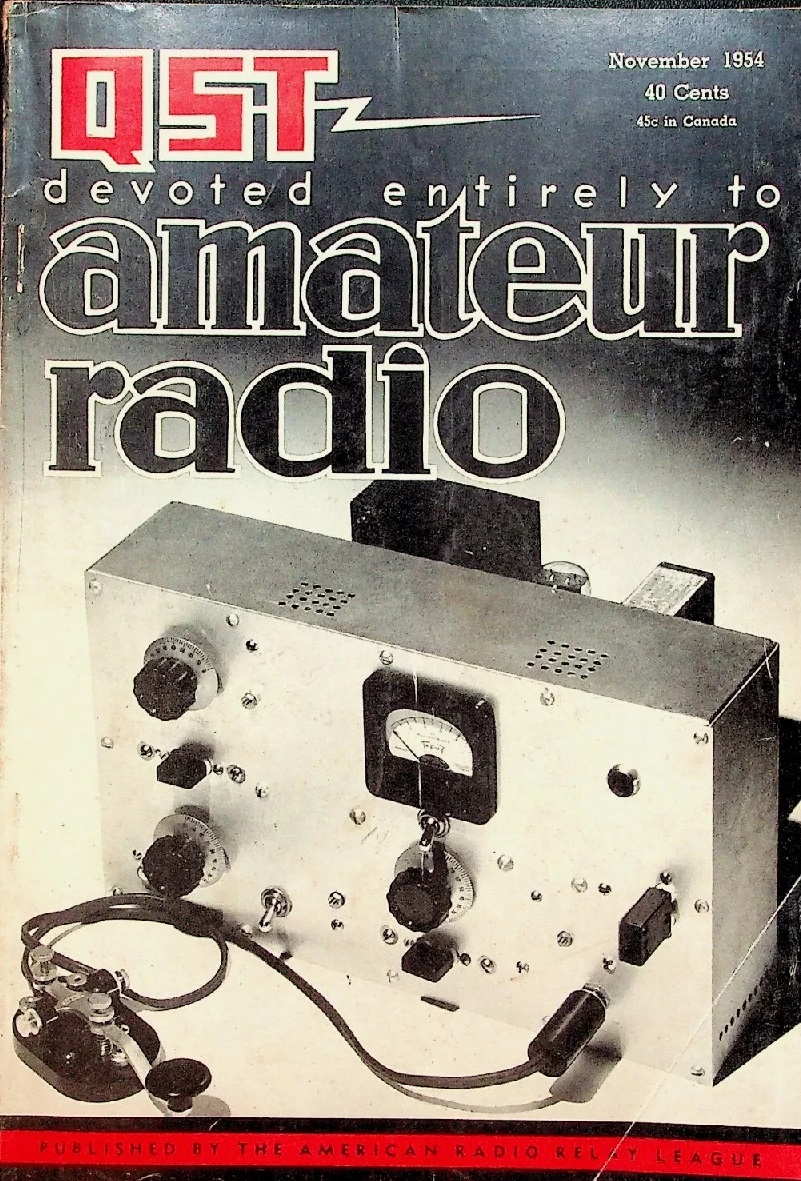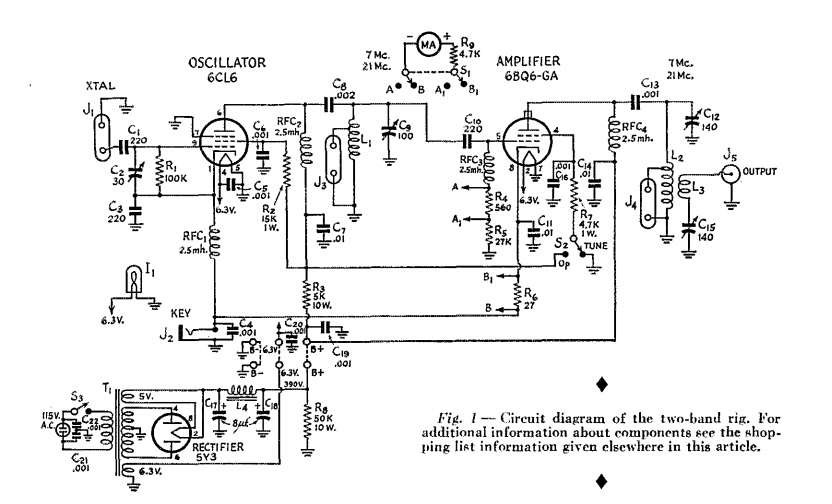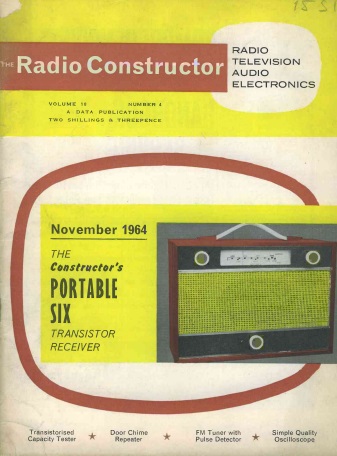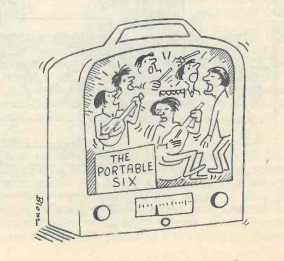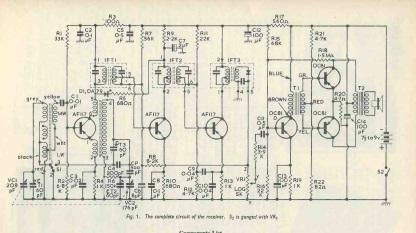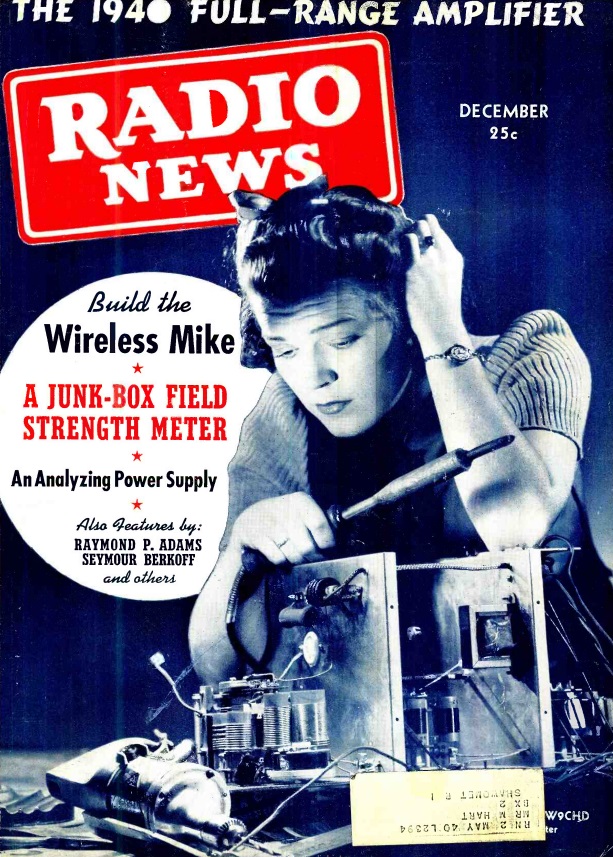 When I first saw this cover of Radio News, December 1939, I thought perhaps she was building the wireless mike, the field strength meter, or maybe the full-range amplifier. But one way or another, she looks like she knows how to handle a soldering iron.
When I first saw this cover of Radio News, December 1939, I thought perhaps she was building the wireless mike, the field strength meter, or maybe the full-range amplifier. But one way or another, she looks like she knows how to handle a soldering iron.
But it turns out she’s a ham, and undoubtedly working on one of her rigs. Her identity was obscured by the mailing label, but fortunately, her call sign was barely visible. She was Lenore Kingston, W9CHD, later Lenore Jensen, with calls W2NAZ and W6NAZ. She was an actress with NBC in Chicago, and pestered the engineers so that they taught her enough code and theory to get her license. After she moved to New York, she kept in touch with one of those engineers, who proposed over CW and became her first husband. Upon his passing, she remarried another radio engineer. She continued her career in broadcast radio in California
She was born Lenore Bourgeotte, but a publicist changed her name to Lenore Kingston when she started her radio career. When World War II broke out, she taught Morse Code to Navy radiomen. She co-founded the YLRL, and handled thousands of phone patches and traffic for servicemen during the Vietnam war. She passed away in 1993. You can read a full obituary in the July 1993 issue of World Radio.
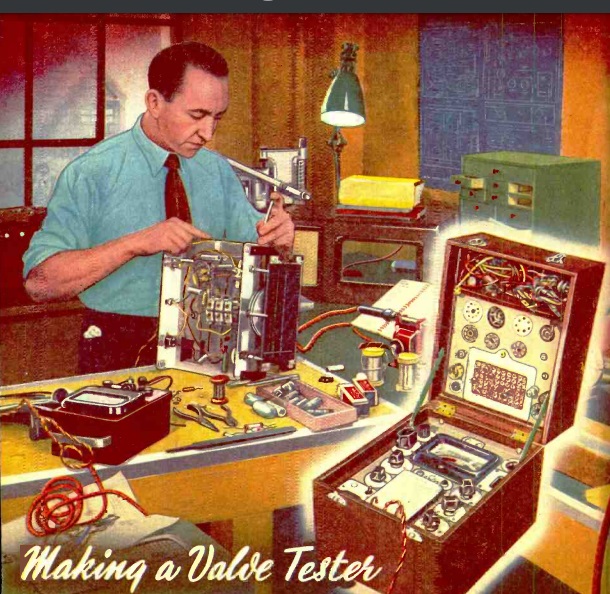 Seventy years ago, this British gentleman was putting the finishing touches on his valve tester or, as we would say on this side of the Pond, tube tester. The plans were found in the December 1954 issue of Practical Wireless. The circuit would perform the usual tests on tubes, and it also had the option of hooking it up to your oscilloscope to check the exact operating condition.
Seventy years ago, this British gentleman was putting the finishing touches on his valve tester or, as we would say on this side of the Pond, tube tester. The plans were found in the December 1954 issue of Practical Wireless. The circuit would perform the usual tests on tubes, and it also had the option of hooking it up to your oscilloscope to check the exact operating condition.
